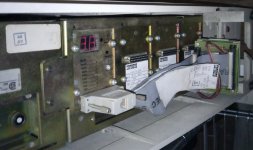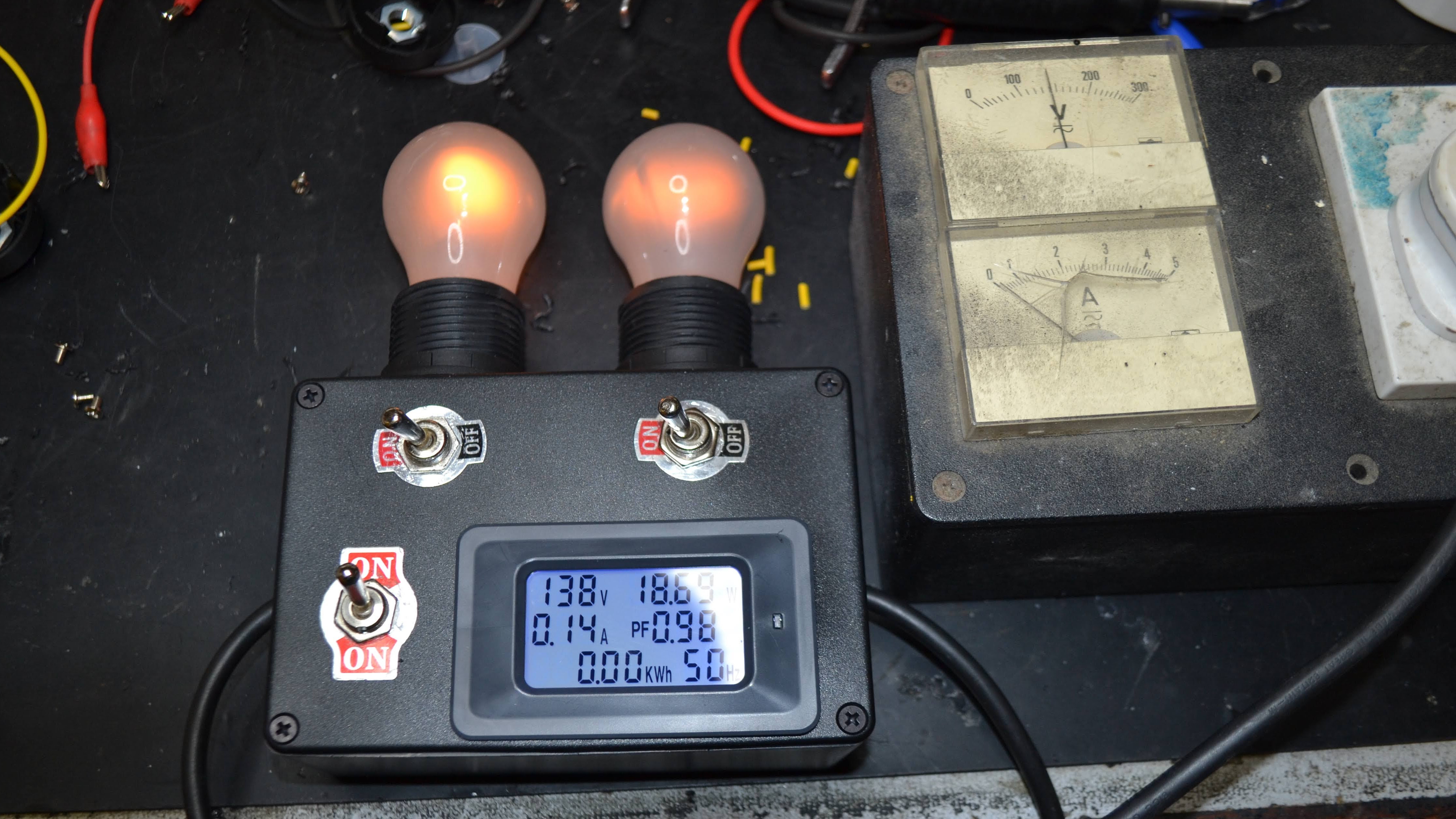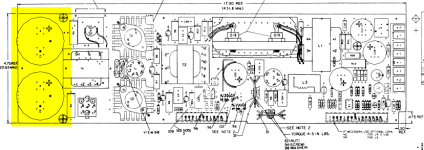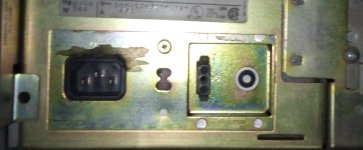jonathanjo
Member
- Joined
- Feb 18, 2024
- Messages
- 38
I have a few old PDP11s, none currently running.
Finally I was able to get to my storage to take a few pictures of this PDP11/83 in vertical BA23. I bought it over ten years ago and have never even switched it on; it comes from Germany and has a Digital service log and so on.
The model plate says: Model 173QY B3 but there's also a label in German which says 183QE-DB.
I'm pretty good with equipment in general, but if there are any special precautions for this model I'm all ears.
Hoping I can get it soon to a convenient place to do at least preliminary power-on tests.
Kind regards,
Jonathan.
Finally I was able to get to my storage to take a few pictures of this PDP11/83 in vertical BA23. I bought it over ten years ago and have never even switched it on; it comes from Germany and has a Digital service log and so on.
The model plate says: Model 173QY B3 but there's also a label in German which says 183QE-DB.
I'm pretty good with equipment in general, but if there are any special precautions for this model I'm all ears.
Hoping I can get it soon to a convenient place to do at least preliminary power-on tests.
Kind regards,
Jonathan.
Attachments
Last edited:






